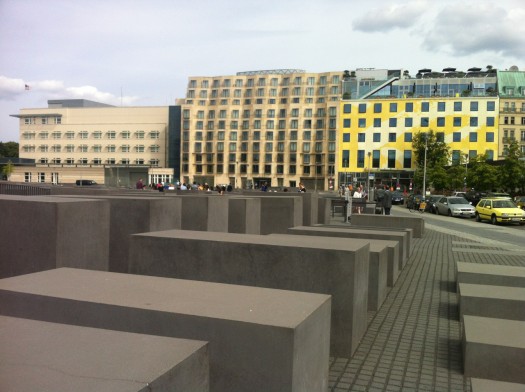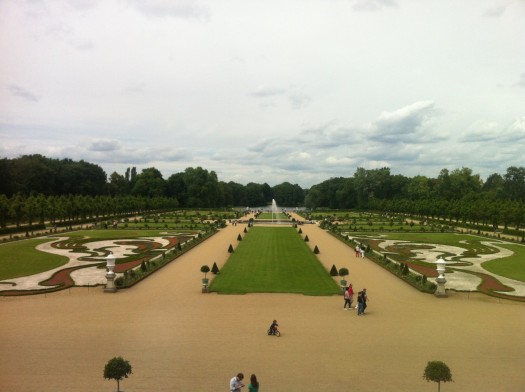A Placemaking Journal
Berlin’s Cultural Clusters
Continuing my summer series on lessons learned from great cities, a recent trip to Berlin shone a light on the city’s three great cultural clusters, and what makes them sing. Or in one case, solitary. Of course inseparable from this conversation is the effectiveness of public space and what happens when the public takes ownership of a square or plaza and inhabit the space during most daylight hours.
What you nurture becomes yours truly, whether an idea, a garden or a puppy. One reason babies and puppies are so lovable is to ensure their survival, because they require significant amounts of time, energy, and resources to grow and thrive. In a similar vein, if public spaces are to be nurtured by their surrounding inhabitants, they must be lovable.
Squares and Plazas
“There is surprisingly little in modern engineering design literature dealing with the subject of plaza’s and squares. This is not surprising in that the more classical and formal use of these public spaces has fallen out of use in the last 50 or 60 years. In recent times, however, there has been resurgence among traditional town planners in the design and use of these places.” ~Peter Swift
Peter’s observation certainly holds true in Berlin as well, where the older squares and plazas are significantly more successful than any newer ones that I experienced. The form-based SmartCode defines civic space as park, green, square, plaza, or playground, and a forthcoming SmartCode Module by Swift et al further breaks down civic space into 41 design types.
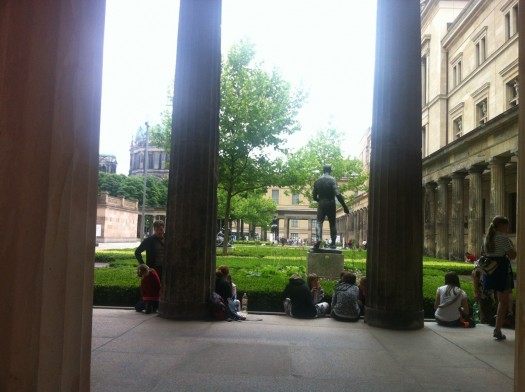
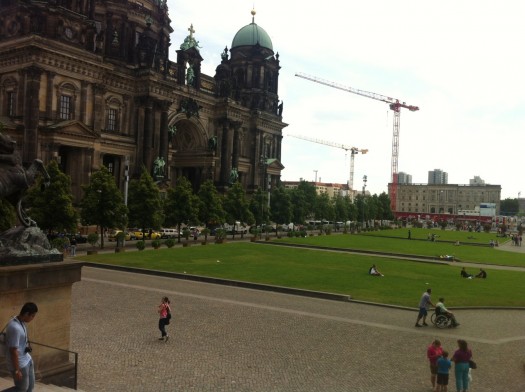
despite its formality.
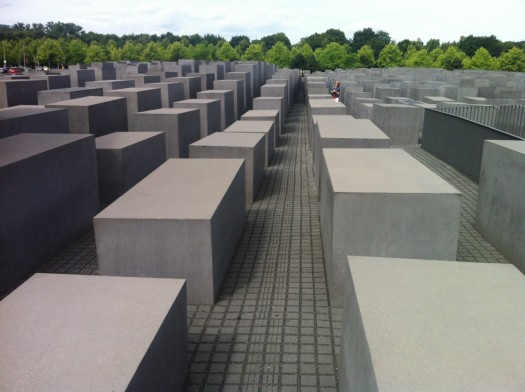
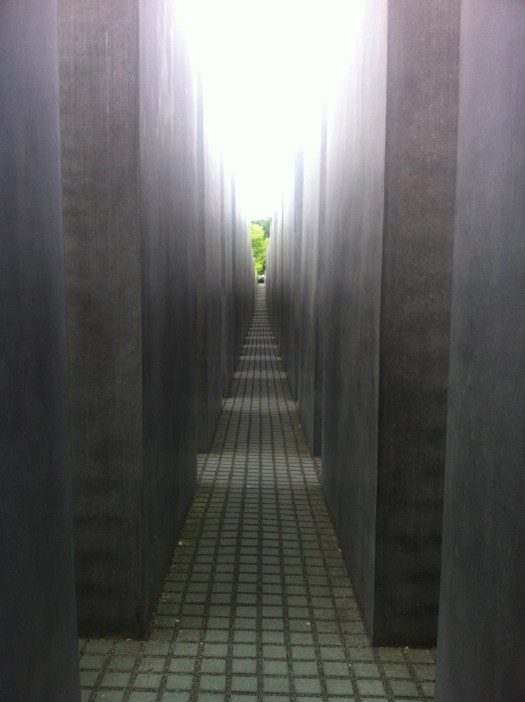
Some SmartCode advice that would have been beneficial to Berlin: “A Square is an open space available for unstructured recreation and civic purposes. A square is spatially defined by building frontages. Its landscape shall consist of paths, lawns and trees, formally disposed. Squares shall be located at the intersection of important thoroughfares. The minimum size shall be 1/2 acre and the maximum shall be 5 acres.”
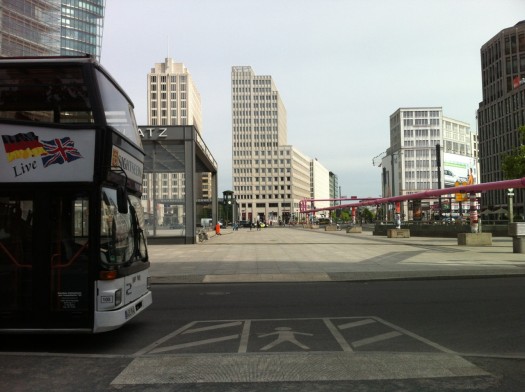
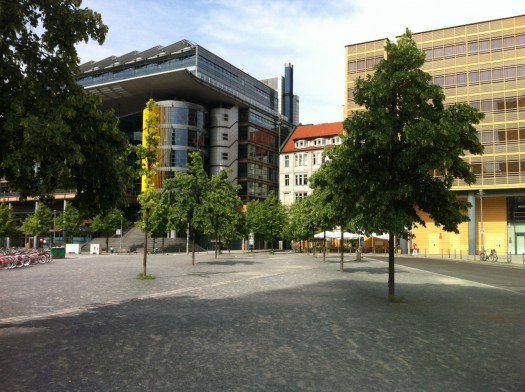
people lingered, offering neither seats or shade. However, it was still one of my favourite spots
for coffee.
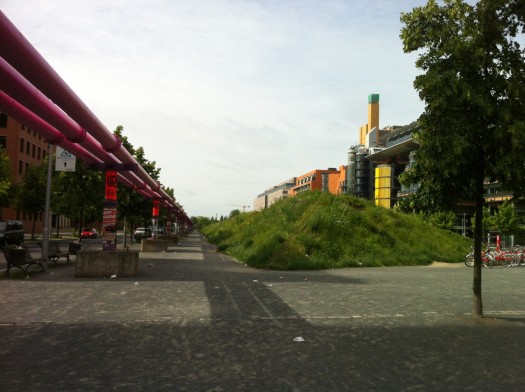
Cultural Clusters
Berlin’s three cultural clusters where I spent the most time were The Museum Island, Charlottenburg Schloss, and the Kulturforum. In each neighborhood, the primary focus is on the visual arts via museums and galleries. Only the Culture Forum has performing arts. However, I still view them as cultural clusters, and enjoy looking at what makes them sing. Or solitary.
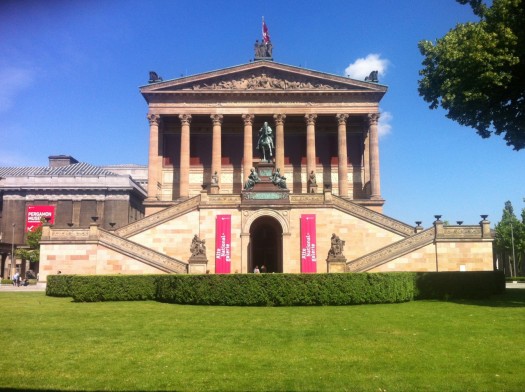
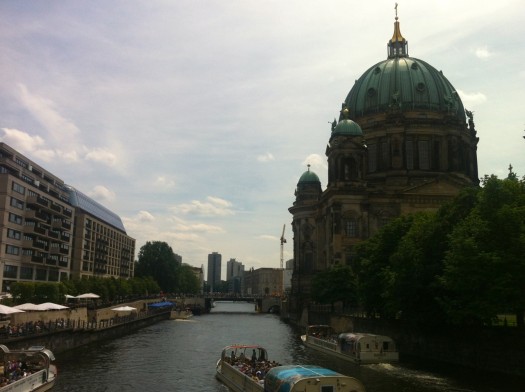
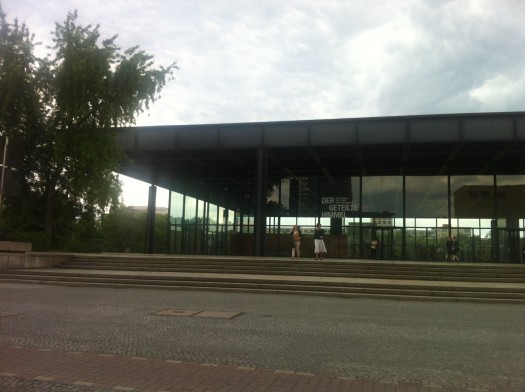
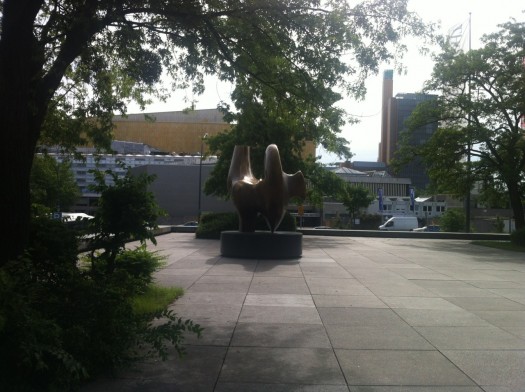
good deal of solitude.

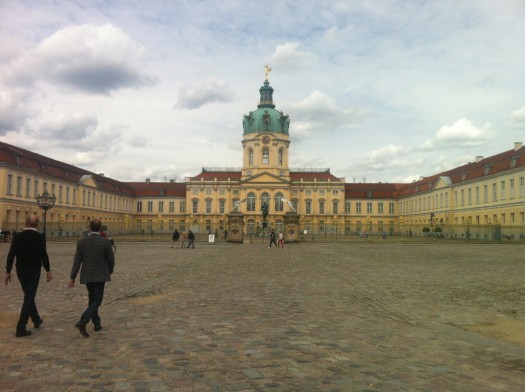
Valuing European Cultural Clusters
If you want to delve deeply into this subject from an economic development and public policy perspective, I recommend Developing Successful Creative & Cultural Clusters: Measuring their outcomes and impacts with new framework tools, completed earlier this year. The study, by European Creative Industries Alliance, Institute for Innovation and Technology, and ProjektZukunft Berlin, measures “outcomes and impacts of cluster initiatives in the field of creative and cultural industries (CCI) throughout Europe” and develops “tailor-made and demand-oriented public support measures.”
However, the study does not deal with the form of regional development, only the need for it to cluster within the region. Without the consideration of walkability and livability, these sorts of economic approaches will have limited impacts on local resilience.
Cycling Berlin
It’s tough to round out any PlaceShakers blog without addressing ways to get around between urban places. The most satisfying way in Berlin, at least for three seasons, is via bicycle.
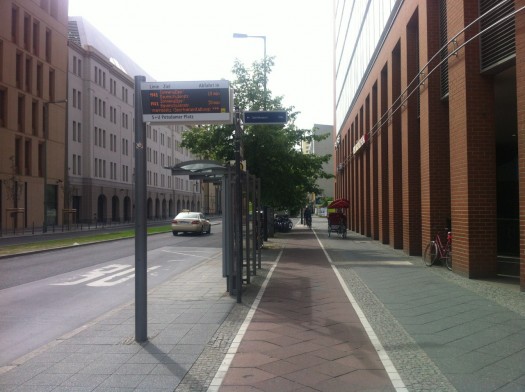
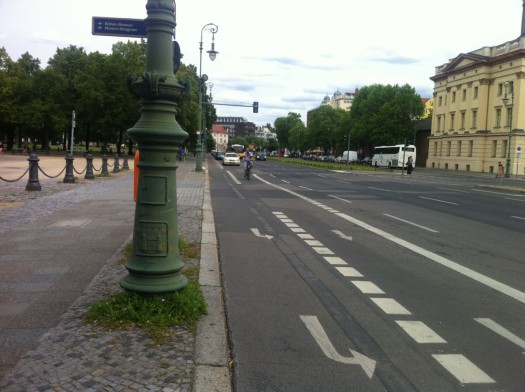
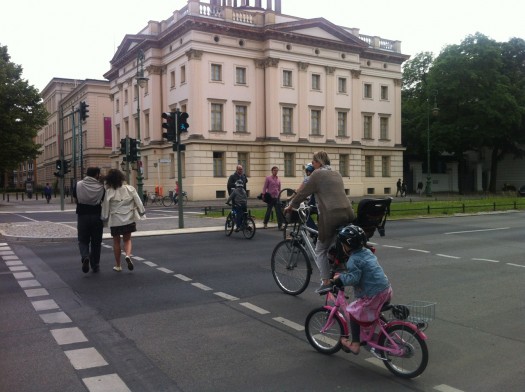
That’s it for Berlin. Stay tuned next week, when our destination is Paris.
Until then,
–Hazel Borys
If PlaceShakers is our soapbox, our Facebook page is where we step down, grab a drink and enjoy a little conversation. Looking for a heads-up on the latest community-building news and perspective from around the web? Click through and “Like” us and we’ll keep you in the loop.









